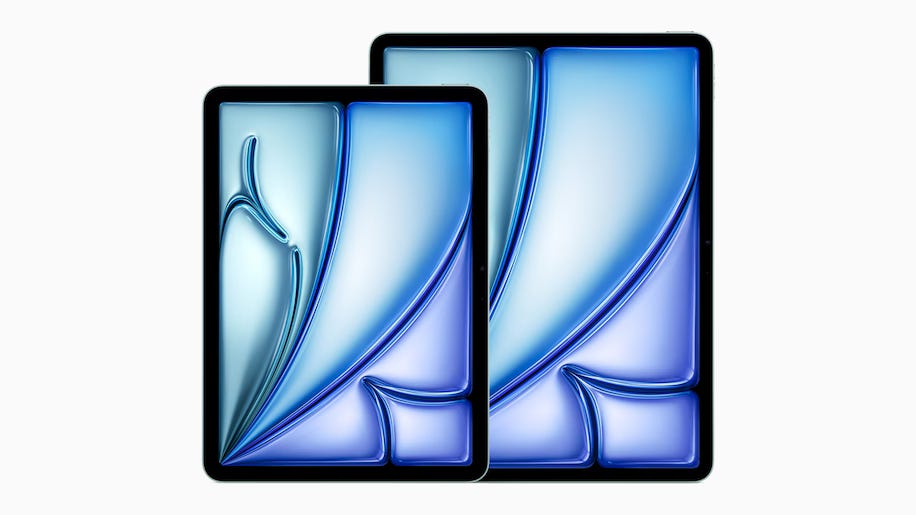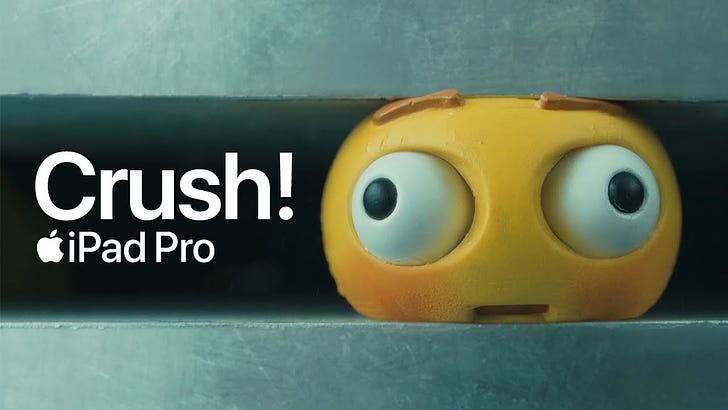
Introduction
Apple is no stranger to high-profile marketing campaigns, often stirring the tech and creative communities with their innovative storytelling and impactful visuals. However, its latest iPad advertisement struck a discordant note, prompting swift public backlash and a rare apology from the tech giant. Let's delve into why this ad missed the mark, how Apple responded, and what lessons can be gleaned for future campaigns.
The Controversial Ad
In a dramatic display, Apple's iPad ad "Crush!" features a massive hydraulic press obliterating a series of beloved artistic tools such as pianos, journals, cameras, and paint cans. The ad culminates with the press lifting to reveal an iPad, conveying the message that Apple's new tablet consolidates all these creative tools into a single, sleek device. The creative intention was to highlight how much the iPad can do and empower users to explore the possibilities. Unfortunately, the audience perceived this differently.
Public Reaction and Apple's Response
Rather than being impressed by the iPad's capabilities, critics quickly decried the destruction depicted in the ad. Viewers found it wasteful and disrespectful to artists, particularly during a period when anxiety around artificial intelligence replacing human creativity is rising. The hydraulic press symbolised Apple's seeming disregard for traditional creative mediums and the value of analog art forms.
Realising the misstep, Apple issued a rare apology through its Vice President of Marketing Communications, Tor Myhren, acknowledging that the ad "missed the mark" and reiterated Apple's commitment to celebrating creativity. Despite the apology, the video remains visible on Apple's YouTube channel and Tim Cook's social media account.
Broader Implications
The backlash against Apple's iPad ad underscores a growing sentiment among creative professionals that their craft is under threat. Generative AI and digital technologies are increasingly being perceived as adversaries rather than allies. The ad unwittingly amplified these concerns by visually pitting technology against traditional artistry.
Lessons for Corporate Advertising
Respect Creative Diversity: Technology should be seen as a tool that complements and augments traditional creative methods rather than replacing them. Ads must convey this balance thoughtfully.
Understand Public Sentiment: As demonstrated by this controversy, even the most powerful brands cannot predict public reactions to their campaigns. It’s crucial to gauge cultural sensitivities and the prevailing concerns of your audience.
Embrace the Apology: Apple’s decision to apologise publicly was the right move, demonstrating humility and acknowledging the concerns of its audience. More companies should adopt this practice.
Summing Up: Navigating Public Perception in the Age of AI
In the age of AI and digital advancements, no company is impervious to controversy. The rise of generative AI and digital transformation has created an environment where consumer sentiment is rapidly shifting, and even the most beloved brands can misjudge their audience's pulse. Apple's reputation for innovation and inspiring storytelling did not shield it from the backlash following its iPad ad, illustrating how sensitive messaging is crucial in these evolving times. This incident highlights the unpredictability of public perception and the need for a nuanced understanding of consumer concerns, especially around the intersection of technology and creativity.
Companies must be vigilant in aligning their marketing with values that respect the diverse ways people express creativity, while remaining adaptable to the evolving cultural context. The swift apology demonstrates Apple's commitment to listening, but also underscores the responsibility that all companies have in carefully navigating the delicate interplay between technological ambition and artistic integrity.




